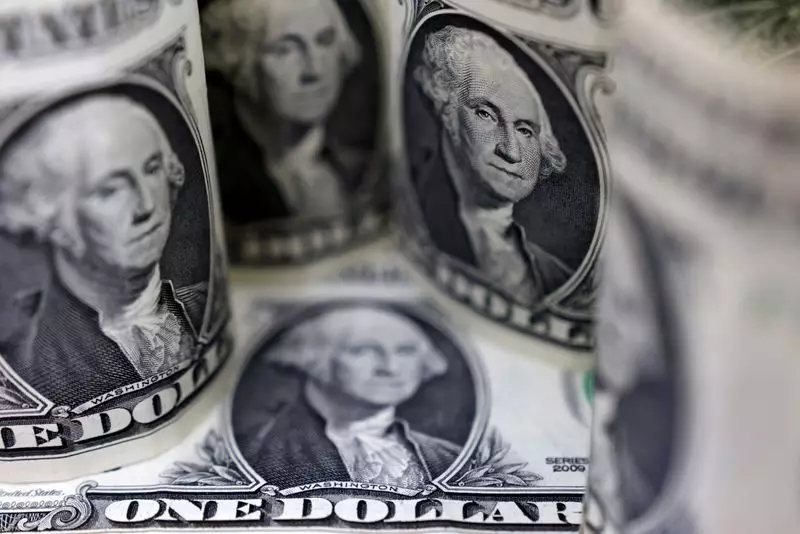As Europe grapples with political uncertainty, the euro has been facing significant challenges in the financial markets. The recent rise of far-right and far-left parties in Europe has put pressure on President Emmanuel Macron’s centrist administration in France. This has led to a situation where the risk of a budget crisis looms large in the euro area. Despite the turmoil, the European Central Bank has not yet considered emergency purchases of French bonds. This has resulted in the euro hovering near a more than one-month low, with a decline of 0.88% last week, and reaching $1.07025 against the dollar.
The recent events in Europe have indirectly benefited the US dollar, as the euro accounts for a significant portion of the US dollar index weighting. The dollar has remained firm, with the dollar index measuring the greenback against a basket of peer currencies reaching 105.80, its highest since May 2. The dollar’s strength is also reflected in the comments made by Minneapolis Federal Reserve President Neel Kashkari, who mentioned a possibility of a rate cut by the end of the year.
While concerns about the US economy persist, the Federal Reserve’s updated projections suggest a median forecast of a single interest rate cut this year. However, the lack of major economic data this week may not provide a clear picture of the Fed’s outlook. Investors are looking for clues in data such as US retail sales and flash PMIs to gauge the strength of the US economy and potential future rate cuts.
Apart from the US and Europe, other regions are also experiencing economic shifts. In China, new home prices fell significantly in May, showing the challenges faced by the property sector. However, retail sales in China exceeded expectations, providing some relief. The Chinese central bank kept a key policy rate unchanged, indicating a cautious approach amidst the economic uncertainties.
The Japanese yen remained near a 34-year low against the dollar after the Bank of Japan announced cuts to bond buying amounts. This decision has raised speculation about a potential interest rate hike in the future. Meanwhile, in the cryptocurrency market, bitcoin saw a slight increase, reaching $66,454.38.
The global economic landscape is witnessing significant shifts due to political and economic uncertainties in different regions. The impact of these developments on currencies and assets like the dollar, euro, yen, and bitcoin highlights the interconnected nature of the financial markets. As investors navigate through this volatility, staying informed and monitoring key economic indicators will be crucial for making informed decisions in the ever-evolving financial landscape.

